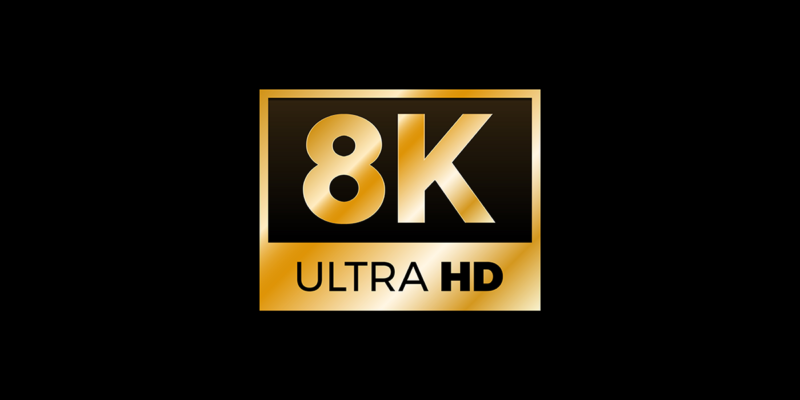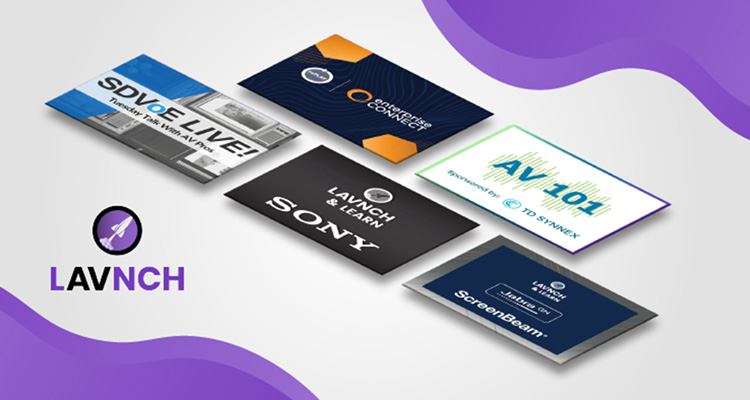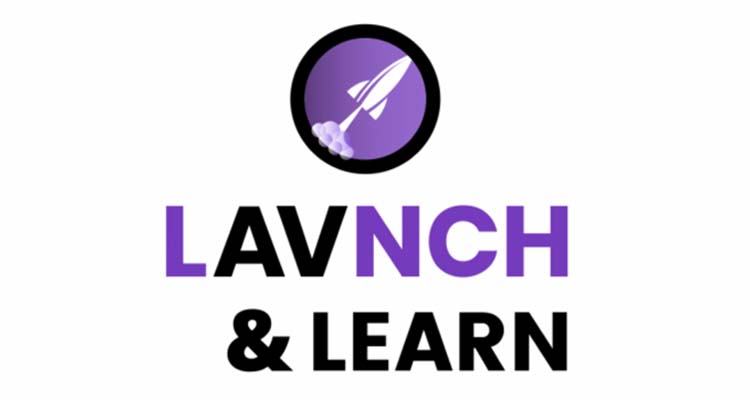A Holly Jolly Holiday SDVoE LIVE! + HDR and 8K Explained
THIS IS A PROMOTED POST
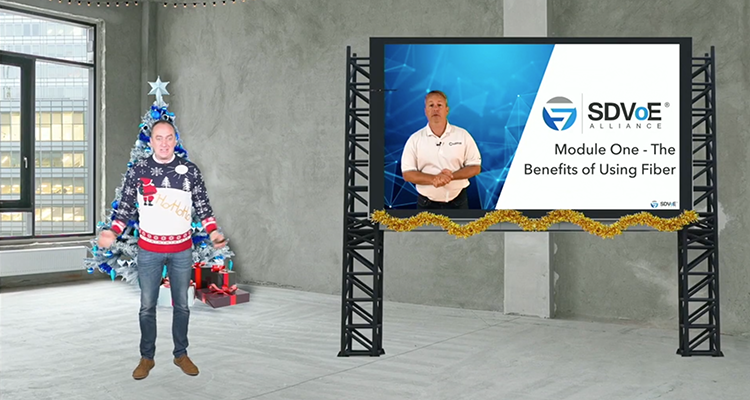
I don’t really know what I expected from the SDVoE LIVE! Holiday Special, but I can tell you that I definitely did not expect to see Justin Kennington come right out of the gate in a vest and red velvet slippers.
Matt Dodd said Kennington looked like Rupert Bear. No one in America knows who that is (sorry England, you have too many bears. Is Paddington not enough for y’all?).
We’ll move on but I’ve included pictures of both your hosts wearing their holiday garb. I also included the bear of the hour AKA Kennington’s twin.
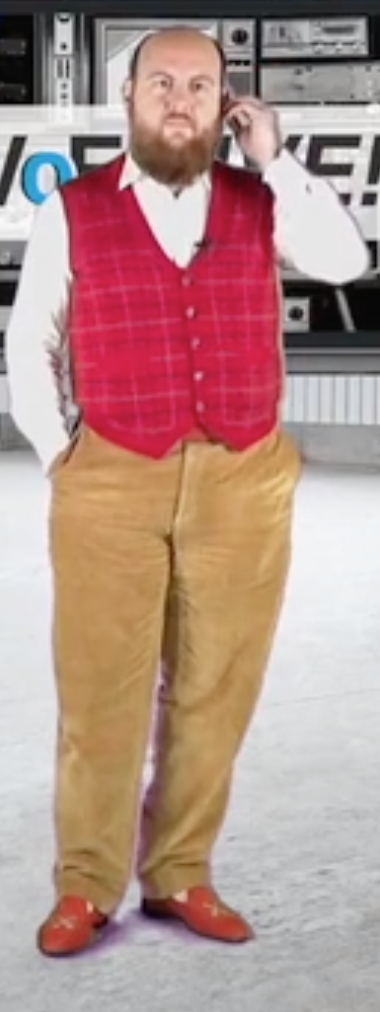
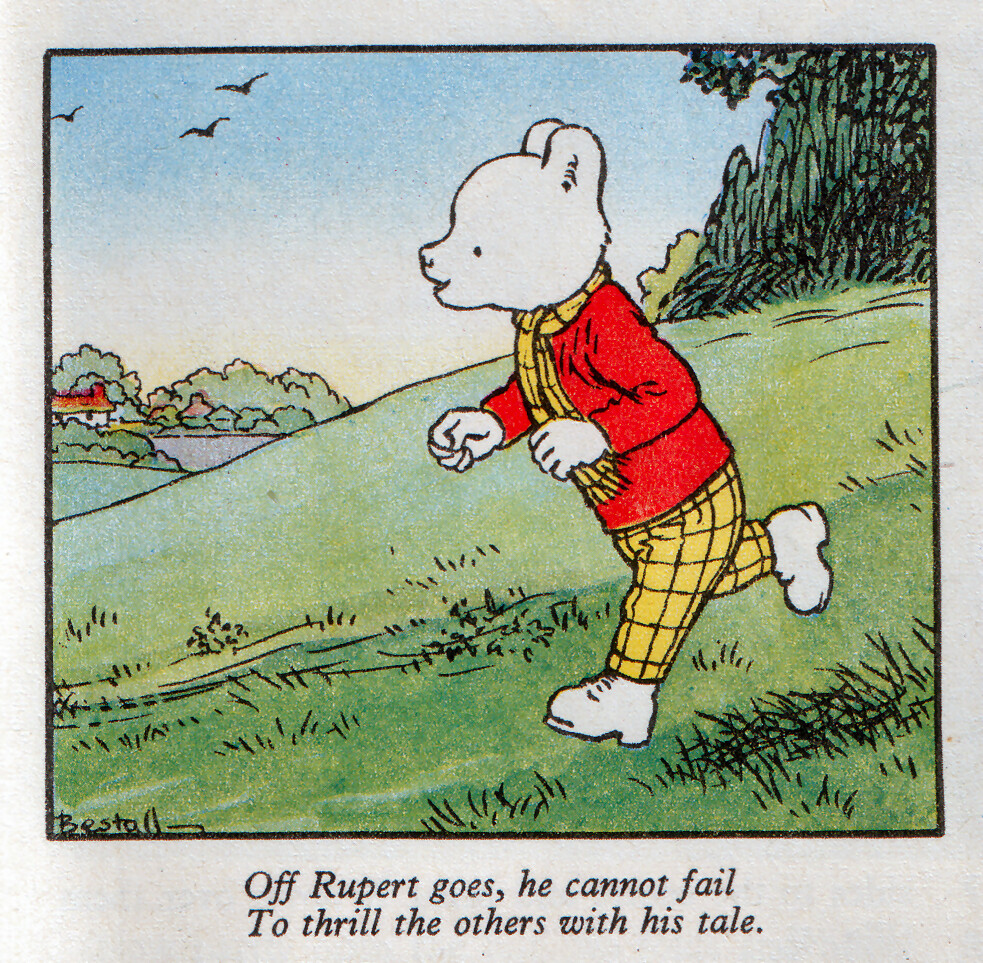
“Rupert Bear 1970” by oddsock is licensed with CC BY 2.0. To view a copy of this license, visit https://creativecommons.org/licenses/by/2.0/
ICYMI
Why are we here? Oh, yeah! We’re talking all about SDVoE LIVE! What’s that? It’s TV for AV! I’m not supposed to call it edutainment because Dodd doesn’t like that word — so I’ll just say it’s content that is both educational and entertaining to watch.
All jokes aside, the show is hosted by Matt Dodd and Justin Kennington of the SDVoE Academy, and each episode centers around a crucial ProAV topic that you want to know more about. Episodes feature things like case studies, the latest news, interviews with SMEs and more.
The show has five episodes so far, and if you missed the first two, read Leah McCann’s reviews here. You can also go back and watch each episode along with the aftershow (always a riot) via your SDVoE Academy account. Sign in and create a free account if you don’t already have one.
Everybody still with me? Great.
Episode 3: “Leveraging Fiber Optics for Video Distribution”
Quite the mouthful of a name, but no one worry; it’s not as scary as it sounds, according to Dodd.
“As bandwidth is growing and growing … it’s really upon us,” he said. “Fiber optic cabling has certainly kept up with the flow in terms of making it so much easier to terminate, so much more accessible — it’s in line financially with its copper variants. But it’s so much more future-ready.”
*A note: Dodd used the word future-ready because he does not believe in the word future-proof. We’re 2/2 on words he hates. I’ll keep count for the rest of the episodes, no one worry.
Next, the hosts passed the mic to a special guest for a short presentation.
Gary Vlaeminck of @CleerlineSSF will be our special guest on today's holiday special of #SDVoELIVE, hosted by Justin Kennington and Matt Dodd. You'll learn about the many benefits of fiber optic connectivity as compared to copper.
Tune in at 1 p.m. EST: https://t.co/tBu5ZsLhxs pic.twitter.com/55lDyA1aWB
— SDVoE Alliance (@SDVoE) December 29, 2020
In his short presentation, Vlaeminck covered a few essential lessons about fiber optics:
- They are reliable and can stand the test of time.
- They have a few key benefits over using a category cable.
- This matters to the AV industry for a few distinct reasons.
Why should the AV industry care, you ask? First because it’s immune to things like power surges and lightning strikes. Second because it’s incredibly durable — more so than it used to be — and can be successfully terminated in about a minute. Finally, it can transmit data over longer distances at greater speeds than other options.
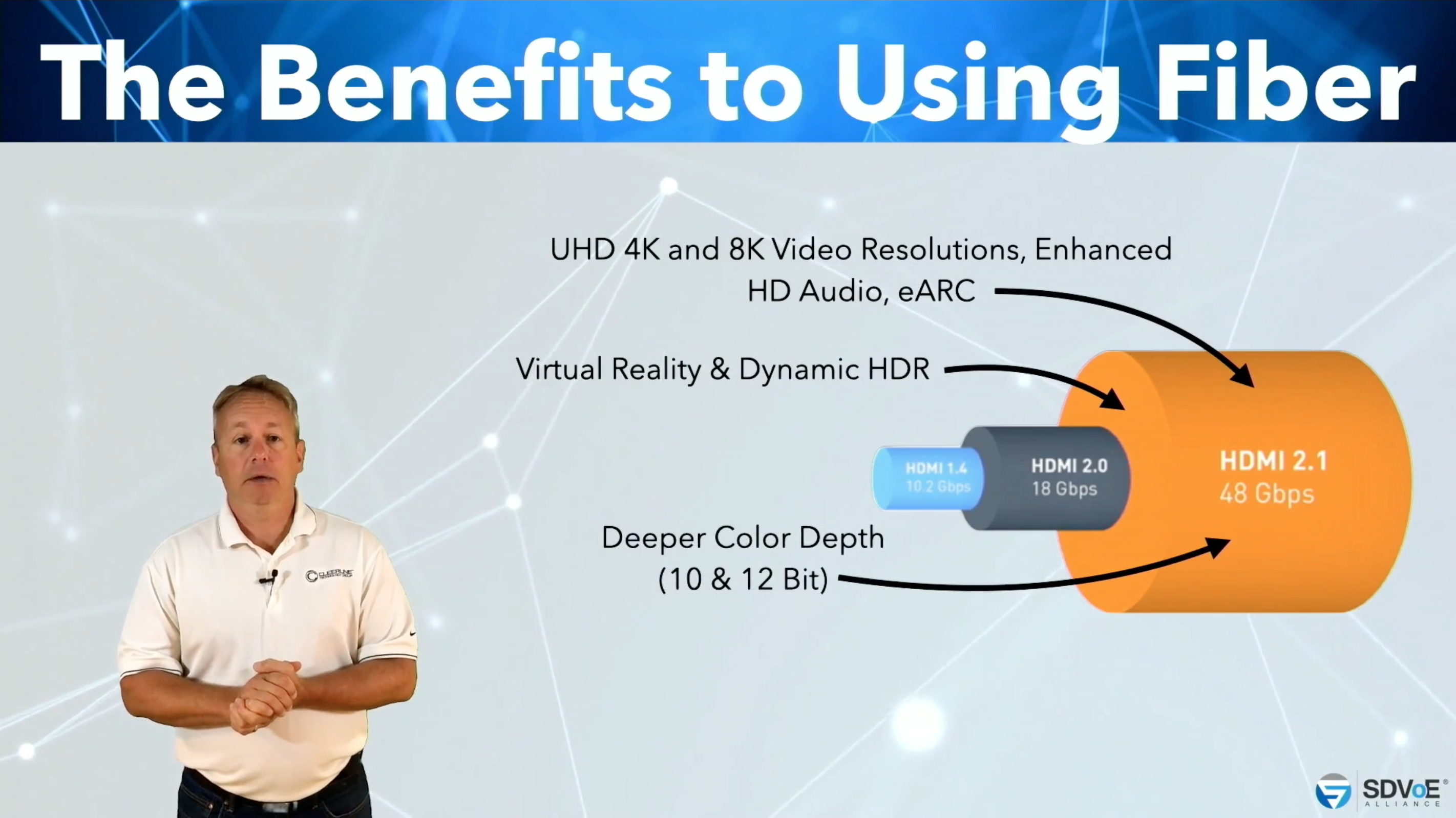
This all matters because bandwidth is only going to grow from here, according to Kennington.
“Think about 20 years ago when we were just getting broadband at home and DSL connection was a pretty big deal,” he said.
But he also posed a question: “If we’ve got 10G to every home, what in the world do we do for those backhauls? How do we have hundreds of thousands of homes all with 10G?”
We’ll worry about that later.
Episode 4: “HDR Explained”
If you asked me a few days ago what HDR was, I couldn’t have explained it to you. This episode was particularly helpful for me.
Kennington began with a heartfelt anecdote about industry-favorite Fred Bargetzi, who passed away in January. The HDR episode is dedicated to his memory.
Dodd then began with a short explanation of HDR and a presentation.

HDR = High Dynamic Range. It’s used extensively in photography but is now used in video content for deeper image quality and definition. Basically this means your image has whiter whites and darker blacks. It also gives the picture a wider range of colors and shades.
According to Dodd, HDR has changed how we view TVs because content is produced with a color gamut and peak brightness more similar to the capabilities of the human eye.
There are three types of HDR:
- HDR 10 — This was made by the Consumer Technology Association. It sends static metadata to a video stream. It has 1,000 nits of peak brightness.
- HDR 10+ — This was made by Samsung and Amazon. It sends dynamic metadata frame by frame. It supports brightness up to 4,000 nits.
- Dolby Vision — This was made by Dolby (duh!). It also sends dynamic metadata to a TV, but it has 12-bit color depth and aims at reproducing 10,000 nits of peak brightness.
The hosts invited guest Stephane Tremblay on the show to continue discussing HDR. Tremblay is the CTO of AptoVision Products at Semtech. According to Tremblay, HDR is the best way to improve a TV. But, it’s worth noting that although it seems intuitive to look for a Dolby Vision display, most of the content mastered right now is 4,000 nits. There is not a display really on the market that is capable of 10,000 nits (yet).
Episode 5: “The 8K Revolution in Pro AV”
At the beginning of my career in AV, you could talk about SD, HD, 4K and 8K until you were blue in the face and I wouldn’t have known what you were talking about. I’ve since gotten a better handle on these terms, but this is still a very useful episode of TV.
The hosts first walked us through what 8K really means — there’s a whole 8K Association. What do they do? Why is this important?
Basically, it’s a visual experience. The same way 4K is 3840×2160 pixels, 8K is 7680×4320 pixels. This provides a better visual experience, thanks to HDMI 2.1 technology.
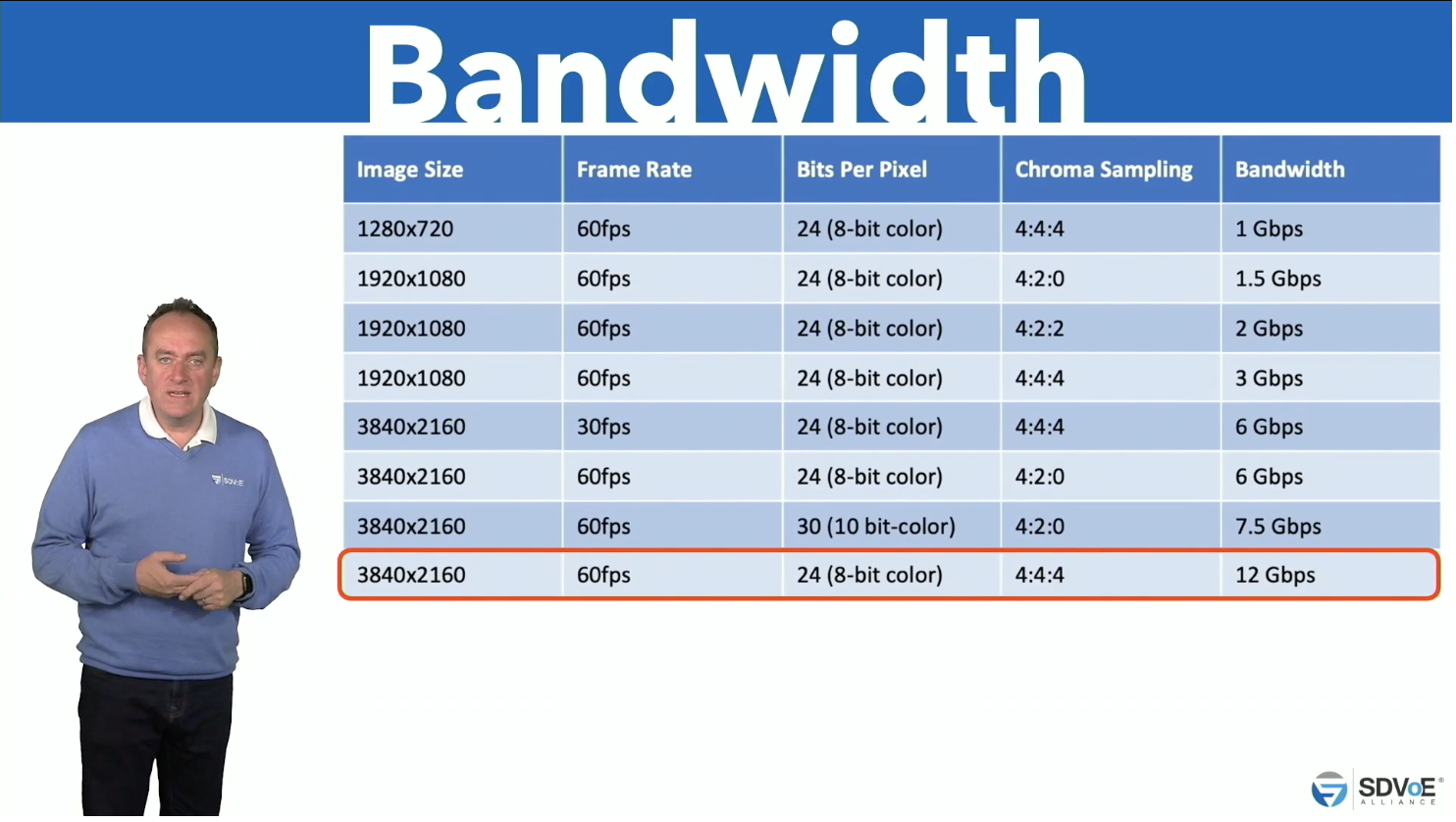
As Dodd shows us in the charts above and below, as the pixels and frame rate get higher, we need more bandwidth.
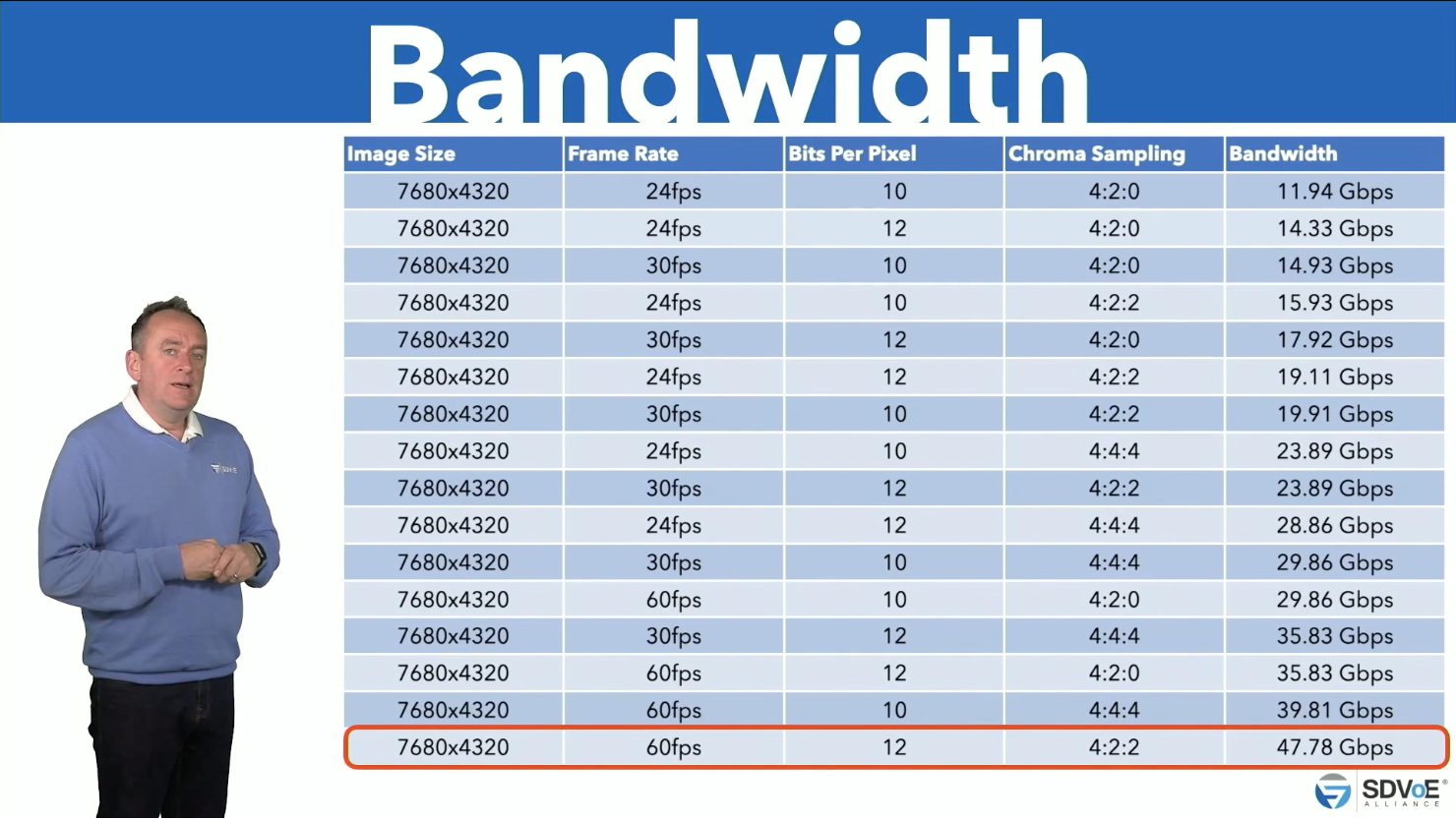
HDMI 2.1 gives us just that by a fixed rate link to support these higher bandwidths. A lossless low-latency algorithm called display stream compression is also approved for HDMI 2.1. It’s important to note that for right now, HDMI 2.1 is an optional suite of elements and not compatible with everything out there (yet).
That’s where Chris Chinnock, president of the 8K Association, came in. He talked to the hosts about whether more pixels are truly better than having better pixels (the HDR argument). He said, you don’t have to choose!
“It’s a false controversy,” he said. “All 8K content and all 8K displays are better pixels.”
He explained that to deny that 8K is coming more into popularity is unrealistic — as this trend has been studied over and over again with the wide adoption of SD, HD, Full HD and 4K. From the introduction of a new resolution to it becoming 50% of sales is about seven years.
So, his advice is that you’d better get ready, #AVtweeps, because 8K is right on schedule to follow that trend in ProAV and other markets.
Next Episode Coming Feb. 9: “Why Samsung Chose SDVoE Over a Matrix”
SDVoE LIVE! Is ProAV’s only edutainment (education + entertainment) program and it takes place every other Tuesday at 1 p.m. EST. The next episode, “Why Samsung Chose SDVoE Over a Matrix” will debut Feb. 9. Here’s a little about it:

Catch the next SDVoE LIVE! episode by visiting SDVoE.org/Live. By clicking on the link, you can sign up for email reminders or download the event to your calendar. Don’t have an SDVoE Academy account yet? Use this link to make a free one before the next show.



